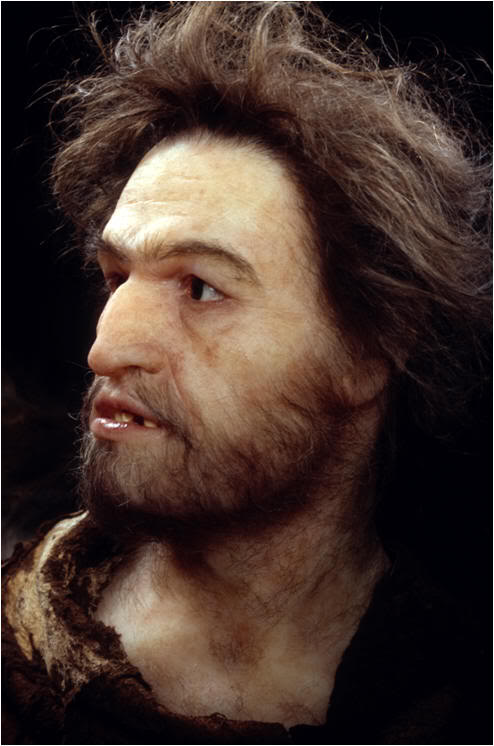Another proof that Kabylia is the cradle of one of the oldest civilizations that has known the history of humanity.
The Afalou man is a Kabyle homo-sapien that resembles the cromanoid of the Upper Paleolithic. He lived in the rock shelter of Afalou Bu R’mel in the region of Bougie / Vgayeth in Kabylia.
The man of Afalou has a high and slender stature, 1.74 for men and 1.63 for women, they have a very robust skeleton, broad shoulders, medium hips, hands and feet are very long.
Fifty bony heads were discovered, 26 heads of women 14 men and 10 of children.
In 1983, CRAPE learned that work on the extension of National Highway No. 43 is about to begin and that threats to the future of the shelters have been put forward and the opportunity presented and seized To constitute the archaeological monograph of the region, and this mission was entrusted to Dr. Slimane Hachi.
Research resulted in the discovery of several bones, including the skeleton of a man 16,000 years BC. As well as stone tools carved in the form of lamellas and pebbles.
This primitive industry, as well as the Kabyle man of Afalou, is characterized by the industry of carved stone, the Iberomaurussian presents itself as the oldest independent civilization which has evolved by itself and whose duration was very great.
The Kabyle man of Afalou seems to be functioning by developing solidarity relationships, as evidenced by the group’s assumption of the disabled woman discovered, so he buried his dead in his dwelling place to the point of forming genuine necropolis.
The characteristic traits of the Cro-Magnon species are recognized in this Middle Palaeolithic man and his main habitat is shelter under rocks and caves.
Nomadism begins to restrict itself and the man of that time (semi-sedentary since H. erectus) prefers to live near the sea or lakes. He still practices fishing, hunting (men) and gathering (women, children and disabled).
The feed is made up of sheep, antelopes, gazelles but also cat and jackal. If the Man of Mechta – Afalou is not an accomplished artist, we have found some ornaments not very sophisticated and for presumed religious use (stones, shells, bones, ostrich feathers).
According to the latest archaeological findings, the men of Mechta – Afalou could survive until the Neolithic. Other research and excavations will not fail to surprise us, given the immensity of the geological and natural niches still unexplored in Algeria.
An opinion: in North Africa, at this time, there was a cold Siberia, which may explain why our ancestors, the first indigenous first of Tamazgha since prehistory, were of the white Mediterranean type.
20,000 years ago our ancestors were better organized and more equal and respectful of life than the muslim Arabs are today
The Departmental Laboratory of Archeology of Val-de-Marne France undertook to reconstruct the face of Afalou Bourmel’s man. The result was staggering. He looks like everyone today’s gentleman




Leave a Reply